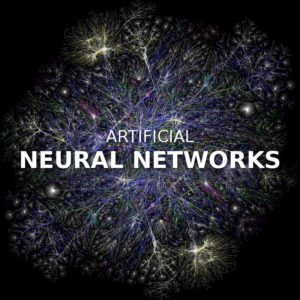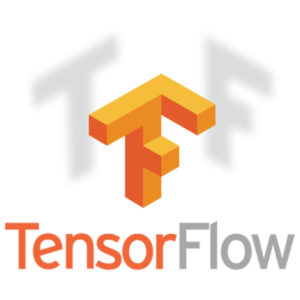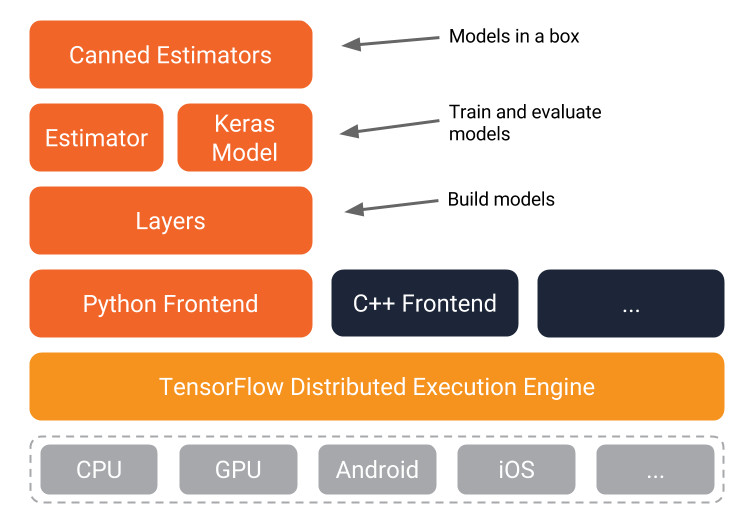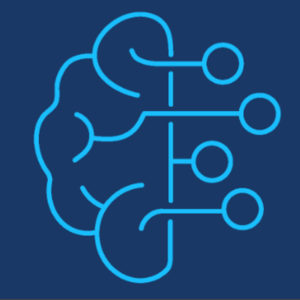Is SEO Dead? The Impact of Artificial Intelligence on Search Results
 In the ever-evolving landscape of digital marketing, the question “Is SEO dead?” has surfaced with increasing frequency. The short answer is no, but the rules of the game have changed significantly, largely due to the advent of artificial intelligence (AI). The rise of AI has reshaped search results, diminishing the importance of traditional SEO tactics like backlinks and keyword stuffing, and emphasizing the need for high-quality, user-centric content.
In the ever-evolving landscape of digital marketing, the question “Is SEO dead?” has surfaced with increasing frequency. The short answer is no, but the rules of the game have changed significantly, largely due to the advent of artificial intelligence (AI). The rise of AI has reshaped search results, diminishing the importance of traditional SEO tactics like backlinks and keyword stuffing, and emphasizing the need for high-quality, user-centric content.
The Impact of Artificial Intelligence on Search Results
Artificial intelligence, particularly in the form of machine learning algorithms, has revolutionized how search engines evaluate and rank web content. Google’s AI systems, such as RankBrain and BERT, are designed to better understand the context and intent behind user queries. This shift means that search engines are now more adept at discerning the relevance and quality of content, rather than relying solely on the presence of keywords or the number of backlinks.
AI Summaries and User Intent
One of the most significant changes brought about by AI is the generation of AI summaries in search results. These summaries, often found in “featured snippets” or answer boxes, provide users with direct answers to their queries without requiring them to click through to a website. This development prioritizes content that is clear, concise, and directly answers the user’s question. Consequently, websites must focus on providing value and directly addressing user needs to remain competitive in search rankings.
The Declining Importance of Backlinks
Backlinks have long been a cornerstone of SEO strategy, serving as endorsements of a website’s authority and relevance. However, their influence is waning in the face of AI advancements. While backlinks still play a role in SEO, search engines are increasingly capable of evaluating content quality and relevance independently of external endorsements. This shift reduces the efficacy of tactics that focus primarily on acquiring backlinks and underscores the importance of producing substantive, high-quality content.
Content Overload: A Misguided SEO Tactic
In an attempt to boost SEO rankings and increase engagement time, many content creators adopted the tactic of adding extensive background information, tips, and personal stories to their webpages. The idea is that more content equates to greater relevance and higher rankings. This approach is particularly prevalent in recipe websites, where users often find themselves scrolling through paragraphs of unrelated content before reaching the actual recipe.
While this strategy can increase keyword density and on-page time, it often makes webpages less beneficial to end users. Overloaded pages can frustrate users, leading to higher bounce rates and ultimately harming the site’s SEO performance. Google’s recent updates aim to curb this practice by prioritizing content that directly answers user queries and provides a better user experience.
Google’s Crackdown on Low-Quality Content
In response to the proliferation of low-quality, undifferentiated niche sites designed to game the SEO system, Google has implemented measures to close loopholes that previously allowed such sites to flourish. These updates target content farms and low-effort websites that prioritize quantity over quality. Google’s algorithm now places greater emphasis on unique, well-researched, and valuable content, effectively reducing the visibility and profitability of low-quality sites.
The Rise of Chatbots and Their Impact on Search Engines
As of April 2024 Google still holds the dominant search engine position with a market share around 90.91% according to Statcounter [Search Engine Market Share Worldwide | Statcounter Global Stats]. However, as AI continues to evolve, the rise of chatbots represents a significant shift in how users interact with search engines. Chatbots, powered by advanced natural language processing, can provide immediate, conversational responses to user queries. This development reduces the need for users to navigate through multiple webpages to find information, potentially decreasing website traffic from traditional search engines.
Chatbots offer a more streamlined and efficient way for users to obtain information, which means that websites need to adapt by ensuring their content is optimized for these AI-driven tools. Providing clear, concise, and structured information will become increasingly important as chatbots become a more prevalent means of accessing information.
The Popularity of Specialized Search Websites
The growing popularity of specialized search websites is reshaping the landscape of online search, posing significant competition to general web search engines like Google. Platforms such as Zillow.com for real estate, Cars.com for automobiles, Kayak.com for travel, Indeed.com for job listings, and Amazon.com for online shopping offer highly tailored search experiences that cater to specific user needs. These specialized search engines provide detailed, industry-specific information and advanced filtering options that general search engines struggle to match. By focusing on niche markets, these sites deliver more relevant results and a superior user experience, driving users to bypass traditional search engines in favor of platforms that offer precise, domain-specific search capabilities.
Conclusion
SEO is not dead, but it is undergoing a profound transformation driven by artificial intelligence. Traditional tactics like backlink building and keyword stuffing are losing ground to strategies that prioritize content quality and user experience. AI’s ability to understand user intent and generate concise summaries is reshaping search results, while Google’s crackdown on low-quality content underscores the need for authenticity and value.
As chatbots and AI continue to evolve, content creators must adapt by focusing on delivering high-quality, relevant content that meets user needs. In this new era of SEO, the mantra “content is king” holds truer than ever, but with a renewed emphasis on quality, relevance, and user satisfaction.

 The human brain consists of 100 billion cells called neurons. The neurons are connected together by synapses. If sufficient synaptic inputs to a neuron fire, that neuron will also fire. This process is called “thinking”.
The human brain consists of 100 billion cells called neurons. The neurons are connected together by synapses. If sufficient synaptic inputs to a neuron fire, that neuron will also fire. This process is called “thinking”. Keras is an open source neural network library written in Python. Keras was conceived to be an interface rather than a standalone machine-learning framework. It offers a higher-level, more intuitive set of abstractions that make it easy to develop deep learning models regardless of the computational backend used. It is capable of running on top of
Keras is an open source neural network library written in Python. Keras was conceived to be an interface rather than a standalone machine-learning framework. It offers a higher-level, more intuitive set of abstractions that make it easy to develop deep learning models regardless of the computational backend used. It is capable of running on top of  TensorFlow was originally developed by the Google Brain Team within Google’s Machine Intelligence research organization for machine learning and deep neural networks research.
TensorFlow was originally developed by the Google Brain Team within Google’s Machine Intelligence research organization for machine learning and deep neural networks research.
 Artificial Intelligence and Machine Learning are shaping many of the products and services you interact with every day. In future blog posts I will be discussing how Artificial Intelligence, Machine Learning, Neural Networks, and Predictive Analytics are being used by Marketers to achieve competitive advantage.
Artificial Intelligence and Machine Learning are shaping many of the products and services you interact with every day. In future blog posts I will be discussing how Artificial Intelligence, Machine Learning, Neural Networks, and Predictive Analytics are being used by Marketers to achieve competitive advantage.
Recent Comments